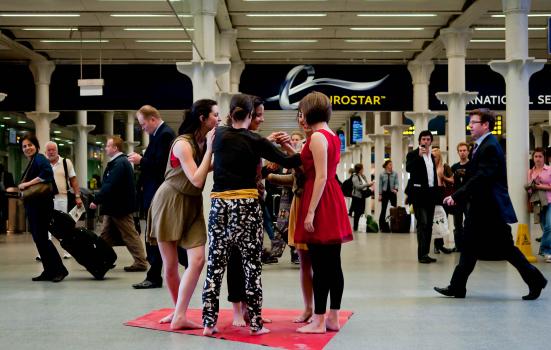Collaboration and partnerships are seen as key to achieving the overarching goal of “achieving great art and culture for everyone”.

Richard Thomson, Audiences London
A revised version of Arts Council England’s (ACE) 10-year strategic framework, Great art and culture for everyone, has incorporated its strategy for museums and libraries but retained its original mission: “we want excellent arts and culture to thrive, and we want as many people as possible to engage with it.” As part of this, special emphasis is given to the importance of creating opportunities for young people to engage with the arts. ‘Sustainable’ organisations run by skilled people are seen as key to achieving ACE’s goals, which are described as “the rationale for our investment in arts and culture and will inform our future funding decisions.” Embedded in the framework is a “focus on long-term collaborative action” and the explicit recognition that “difficult times for public funding” mean that ACE will not be able to deliver success on its own: it will need “partners across public and private sectors – partners in the arts and in education, in business and science, in communities and in local and central government.” The document says: “We must take account of the differing needs of different places. We will do this in partnership with local government, the largest investor in arts and culture in England.” It goes on to say: “We recognise that we will not have all the answers, and that we must be open to and supportive of new ideas to increase opportunities and engagement throughout the country.” The publication of the strategic framework will be followed shortly by the next Arts Council plan, which will cover the years 2015 to 2018 and will give more detail of how the stated goals will be pursued.




